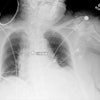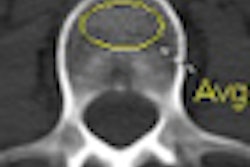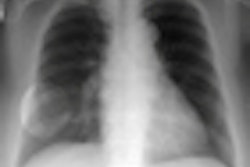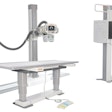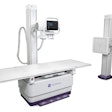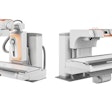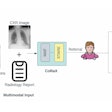Dear Digital X-Ray Insider,
In our January edition of the Insider, we reviewed the topic of lung screening with digital radiography. We're revisiting radiography-based lung screening in this issue, but this time focusing on the use of a temporal subtraction image processing algorithm for computed radiography (CR).
While U.S. clinicians debate the merits of CT lung screening, the Japanese have moved forward with using digital x-ray -- including CR -- for population-based screening for cancer, tuberculosis, and other thoracic diseases. A group of researchers wanted to see if temporal subtraction would improve the performance of readers versus single reading of CR without the algorithm or double reading of images.
Did temporal subtraction improve the performance of CR? You'll have to click here to find out for an article by contributing writer James Brice.
In other news in the Digital X-Ray Community, Mr. Brice also contributed this month a provocative article that addresses why individuals in poor communities typically receive higher radiation doses when they're sick. The answer might -- or might not -- surprise you.
Other articles we're featuring in this edition of the Insider include:
- An update on the Image Gently radiation dose awareness campaign, which has expanded its reach to include fluoroscopy
- A new study advising caution in the use of radiography for fetuses and infants -- but is the advice based on statistically significant findings?
- Yet more evidence of the growing strength of digital radiography versus computed radiography in the U.S. capital equipment market
- A quality assurance monitoring technique designed to counter the phenomenon of "dose creep" when performing digital x-ray studies of infants
We look forward to seeing many of you at the European Congress of Radiology next month!


